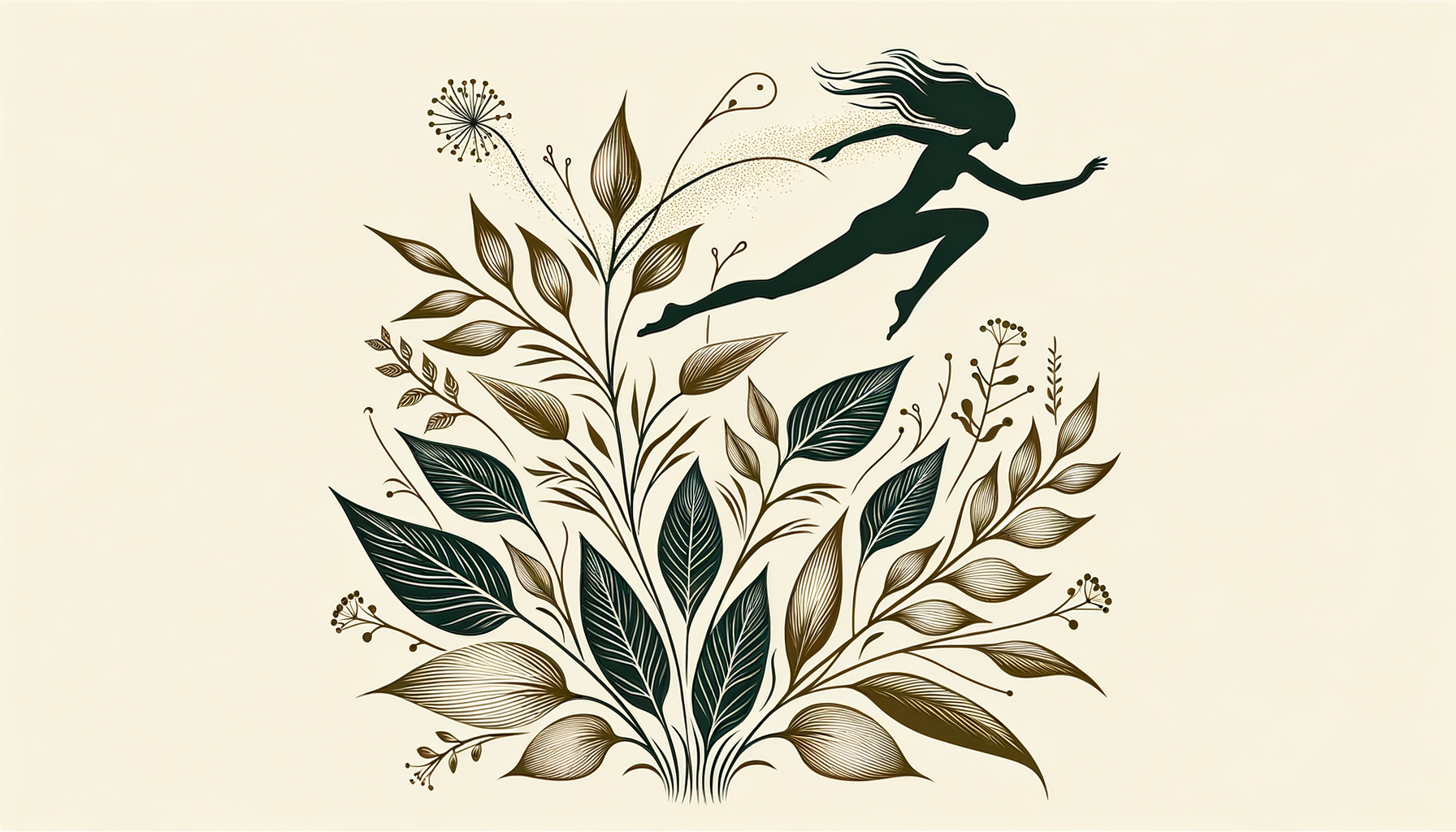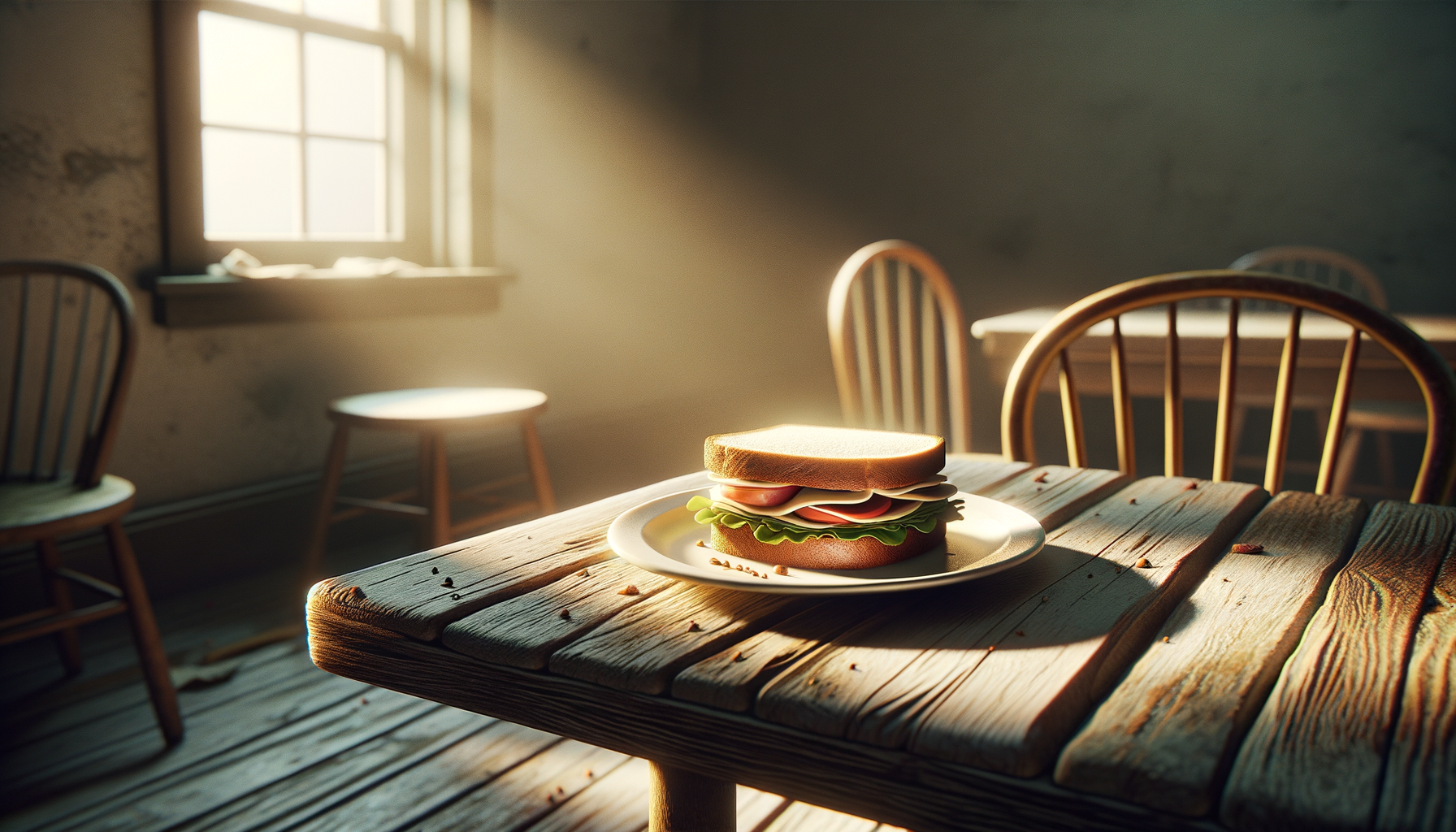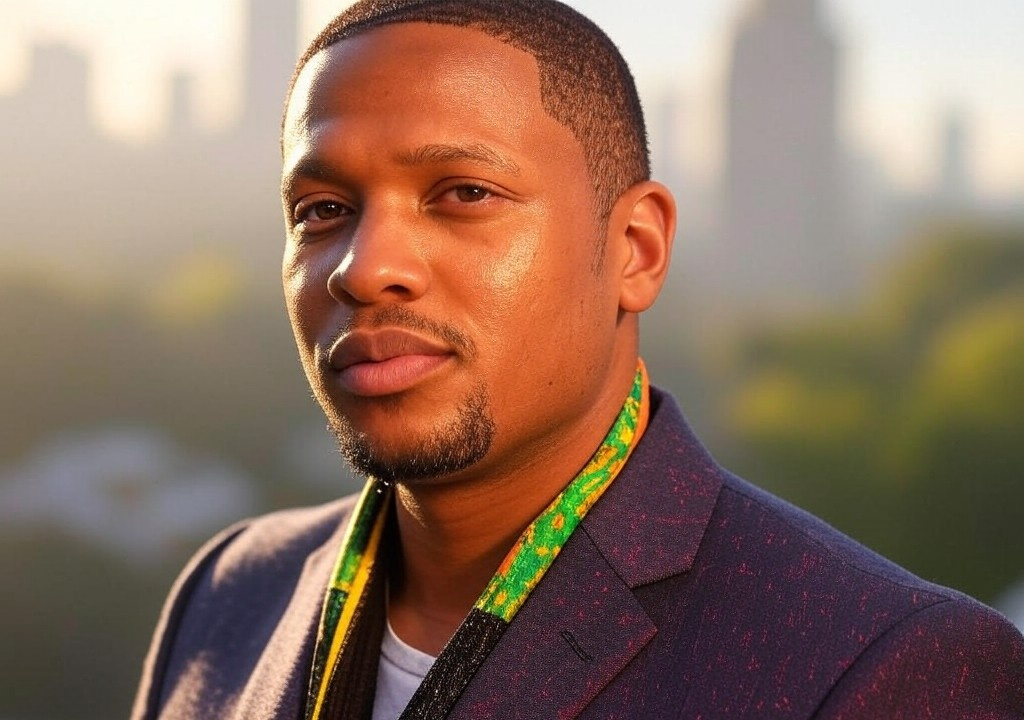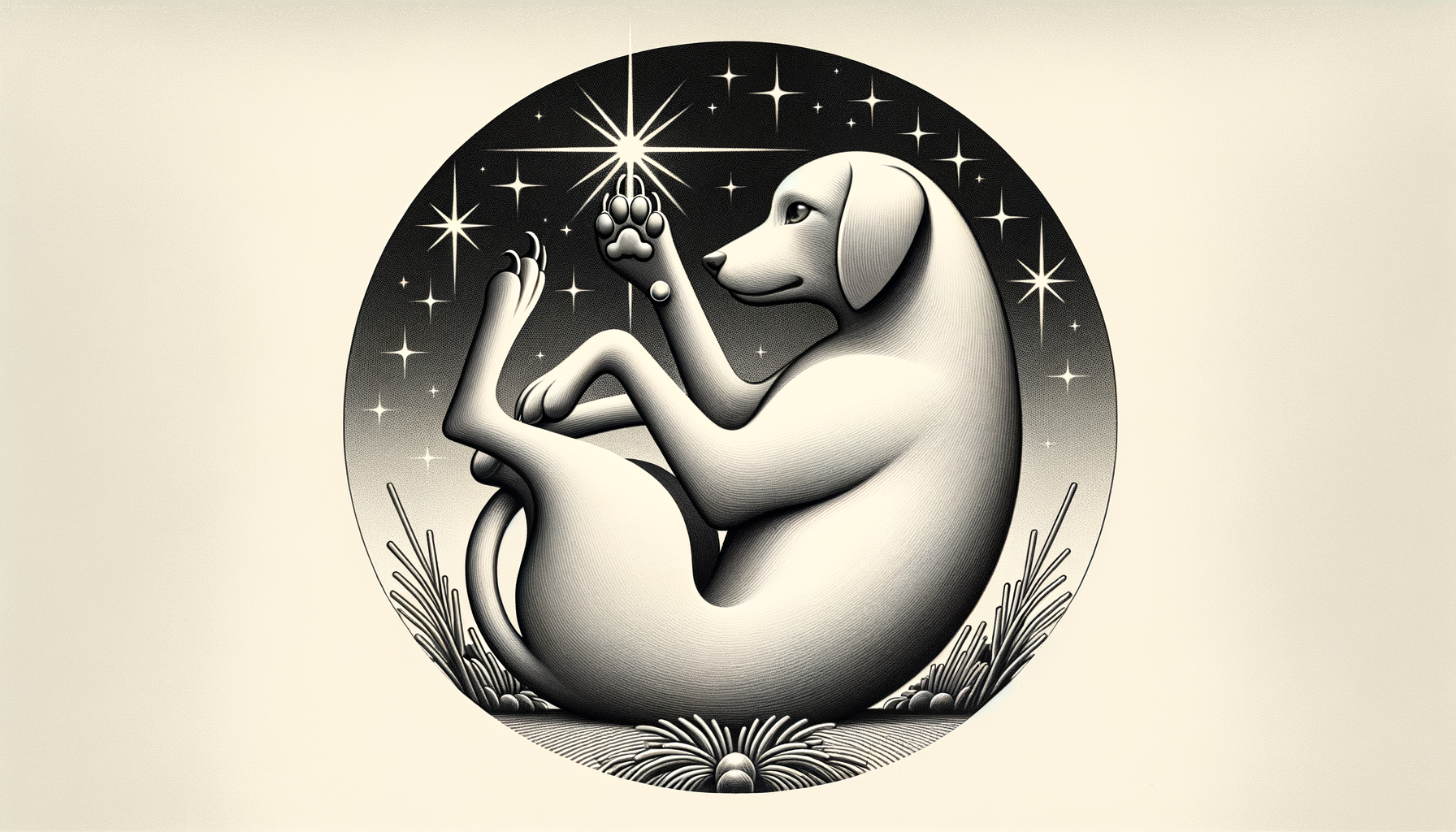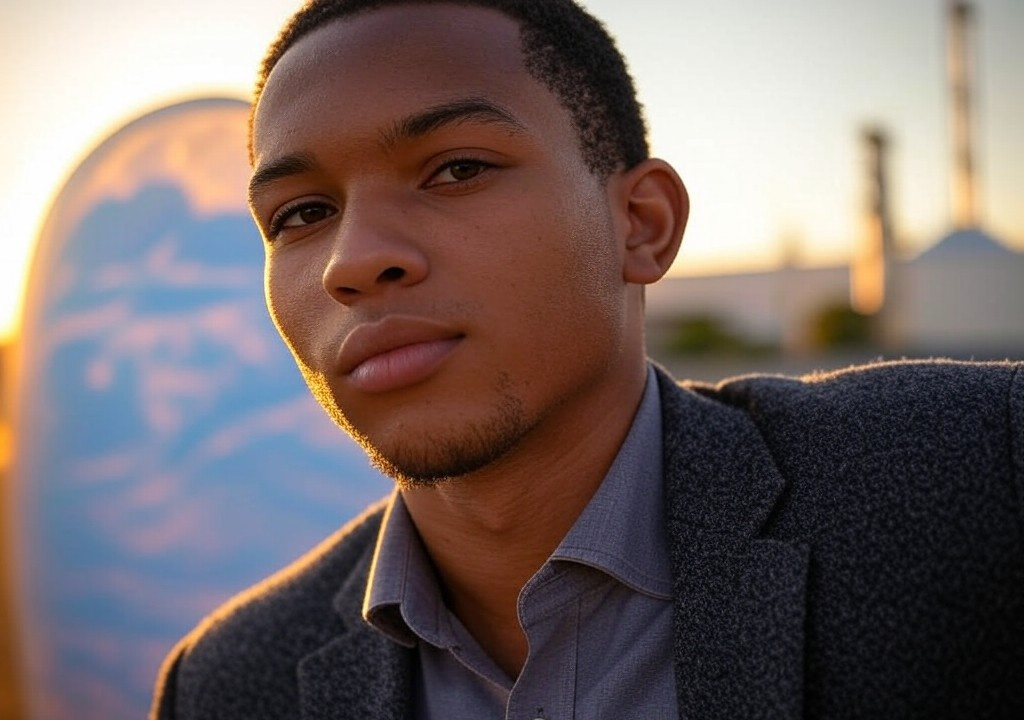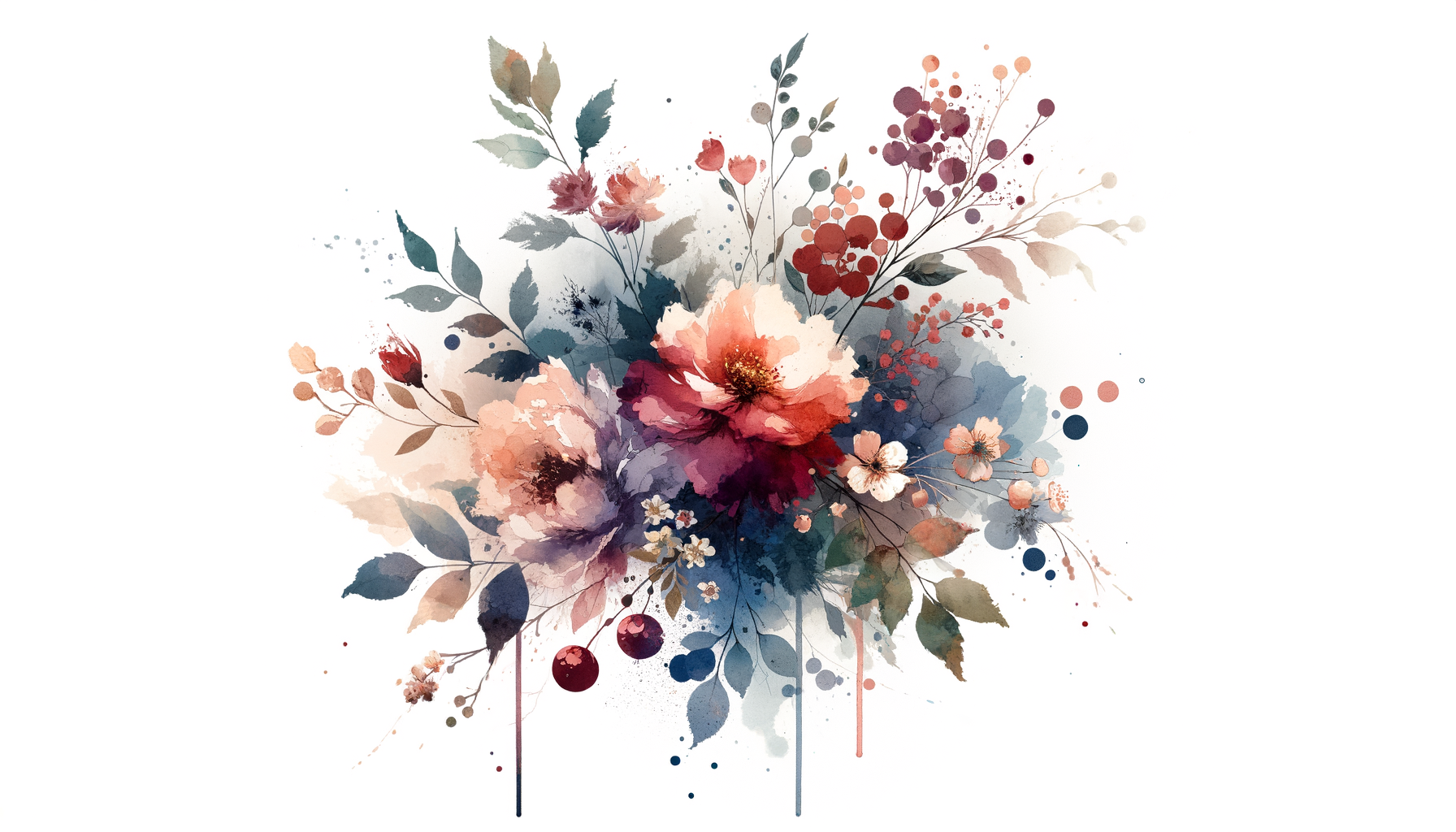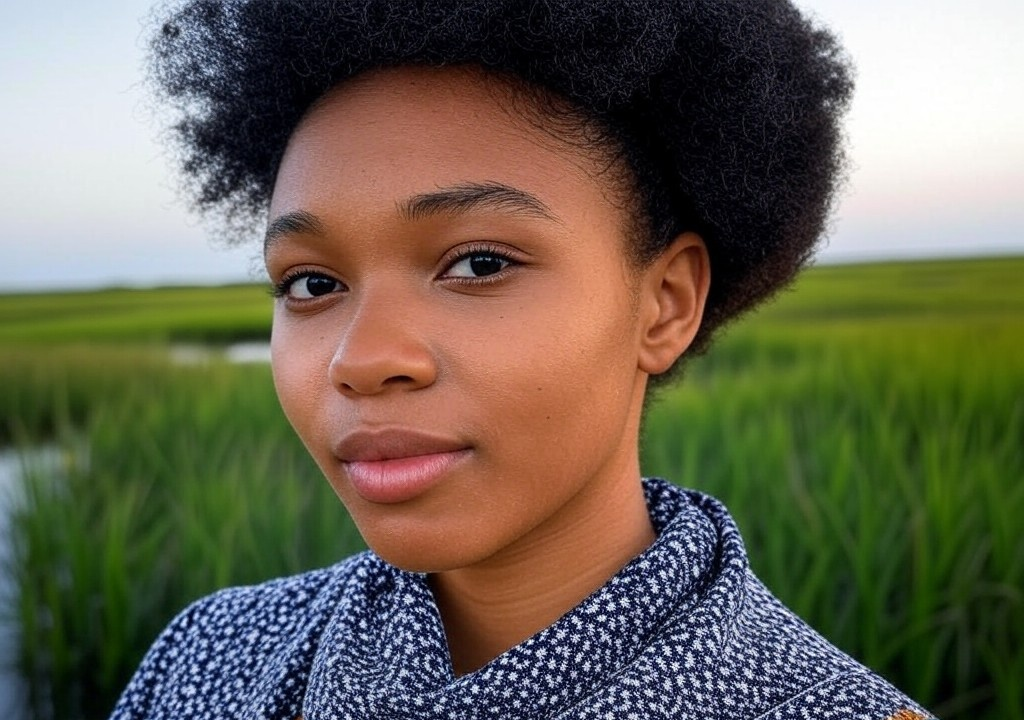What Scares Me the Most (and Why I Do It Anyway)
There’s a moment in every relationship—or every spark of potential, really—that feels like staring over the edge of a cliff. Not the “my Tinder date is 20 minutes late, should I stay or go?” kind of panic, but the deeper, messier kind: vulnerability. It’s wild, isn’t it? I’ll bungee jump in New Zealand, pitch a half-baked idea to a room full of editors, and even attempt a soufflé (twice—don’t ask). But putting my heart on the table? That’s a whole other beast.
I know I’m not alone in this. If you’ve ever stayed in a situationship long past its expiration date or avoided saying “I like you” first, congratulations: you’re human, just like me. Fear of vulnerability is universal. It’s our brain trying to keep us safe, whispering, “Don’t risk it—what if you get hurt?”
But here’s the thing: I’ve spent most of my adult life running directly toward that cliff. And as terrifying as it is, letting myself be seen—really seen—is worth every awkward conversation and late-night panic spiral. Here’s why, and how I’ve learned to embrace the mess.
Learning to Love the Fear: Why Vulnerability Hurts So Damn Good
The first time I got truly vulnerable with someone, I felt like I was starring in my own low-budget rom-com, minus the happy ending. I was 22, fresh out of Yale, and had just told a girl from my contemporary fiction seminar that I wanted to take her out. Her response? “Oh, Julian... I thought you were just being nice.” Ouch.
It was humbling, to say the least—like trying to channel Baryshnikov and twisting your ankle mid-leap. But it got me thinking: why did this rejection feel so seismic? And why did I still want to try again? Vulnerability is scary because it hands over the one thing we fight so hard to control: the narrative. But that’s also why it’s transformative. When you let someone see the storyline you’ve been trying to hide (the late-night insecurities, the unresolved messy bits), you make space for something real.
Think about it: without the risk, there’s no reward. No soul-stirring midnight conversations, no stupid grins over coffee, no shared playlists made in secret. Vulnerability is the ticket to connection. Painful? Sure. But that kick in the gut can also be a wake-up call—a reminder that to truly live, you’ve got to take the leap.
You Can’t Subtitle Emotional Risks, But Here’s the Good News
If I learned anything during my literary consulting days, it’s that a good story thrives on conflict. A character who plays it safe is a character nobody cares about. So why do we treat our own lives like a bad cover band—avoiding the crescendo because it’s too risky or loud? There’s no way to caption vulnerability or soften its edges. It has to be felt in real time.
Still, there are ways to make the leap a little less terrifying. Here are the tricks I keep up my sleeve when my heart feels like it’s beating out of my (perfectly curated black sweater).
-
Start Small, Make It Genuine
Vulnerability doesn’t mean oversharing on the first date (“Hi, I’m Julian, and I still quote Baldwin to impress people”). You don’t have to unload your emotional laundry at once—but you do have to be authentic. Maybe it’s mentioning that you’re a little nervous before a big first meeting or admitting you spent last Friday rewatching “The Office” by yourself. Genuine moments breed trust in ways contrived bravado never could. -
Be Curious, Not Defensive
Hot take: curiosity is the antidote to fear. If someone makes you feel vulnerable (with a question, a critique, even a raised eyebrow), train yourself to respond with interest instead of retreat. Think, “Why does this make me uncomfortable?” or “What did they really mean by that?” Reflection always beats reaction. -
Celebrate the Little Wins
Vulnerability milestones don’t come with trophies, but they’re still worth celebrating. Sent a risky text? Told a friend about that embarrassing childhood hobby of yours? Give yourself some credit. These small moments matter. They’re practice for the big stuff—the kind of gut-wrenching truths that build relationships.
Awkward Is Okay (and Sometimes Adorable)
Whenever I think I’ve nailed the vulnerability thing, the universe humbles me. Case in point: the time I flew to Berlin to confess to an old flame that I was still in love with her. Very late-stage rom-com, right? Except she misunderstood my entire German practice speech and thought I was asking for joint WiFi advice (Ich liebe dich/I need a line, anyone?). We laughed about it later, but at the time, I wanted to disappear into the U-Bahn.
Embarrassment is part of the deal. Vulnerability isn’t smooth—it stumbles, it stutters, and sometimes it trips face-first into a puddle of confusion. Yet those awkward, cringe-worthy moments? That’s where connection happens. Being willing to get it wrong shows more courage than rehearsing a perfect script.
And spoiler: people don’t remember your momentary stutter or the awkward joke that missed. They remember that you cared enough to try. A vulnerable “I think I’m falling for you” beats a polished “How was your day, babe?” every time.
Looking Fear in the Face
Here’s the brutal truth: you will get it wrong before you get it right. You’ll open up to people who aren’t ready. You’ll misread signals. You’ll take risks that end in bruises (both ego and heart). And yet, you’ve got to keep showing up.
Because the opposite—staying walled up behind polished pictures and clever quips—may feel safer, but it’s lonely. Vulnerability shakes you up, cracks you open, and yes, sometimes stings. But it also forges something unshakable: love, if we’re lucky, and self-understanding, when we’re not.
After all, what’s the alternative? Hanging out on the metaphorical cliff, looking down but never jumping? No, thanks. I’d rather lose my balance a thousand times than stay stuck where it’s “safe” but stagnant. Besides, the view’s always better when you’re in freefall.
So the next time fear creeps in—whether you’re sitting across from someone and thinking, “Should I tell them how I feel?” or facing an opportunity that terrifies you—ask yourself: What’s the worst that could happen?
Rejection? Awkward silence? A little (or big) bruise to the ego? Sure. But there’s so much potential for connection, warmth, and unexpected magic. And isn’t that why we’re here in the first place?
Take the leap, mess it up, shake it off, and do it again. Vulnerability is the only ticket in town, and trust me—you’ll thank yourself for buying it.



